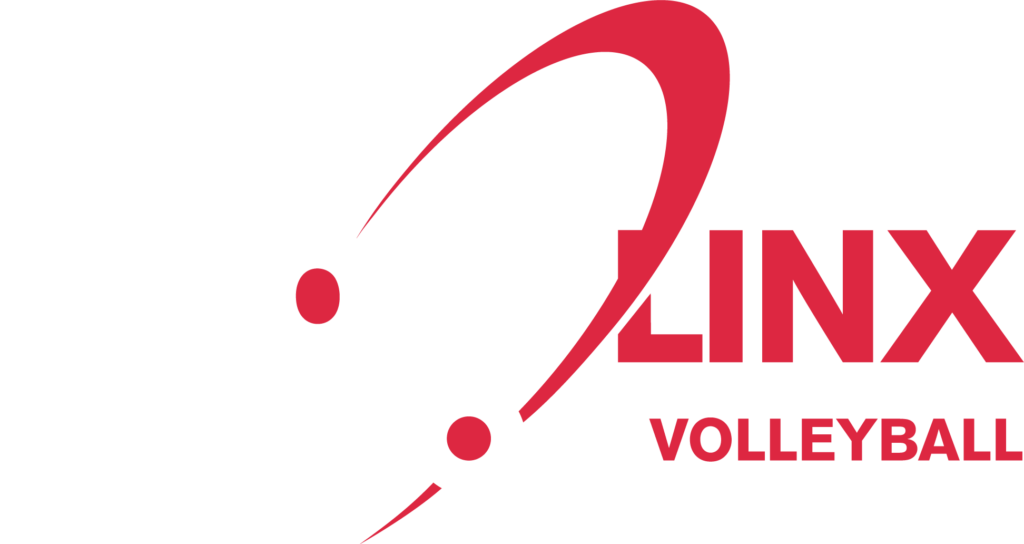Even before reaching the university level, during the high school years the sports year follows the academic year and the sports are divided into those that are played in FALL or those that are played in WINTER or SPRING.
Also at the High School level, much of the top-level competitive sport takes place within the schools while the Clubs are external and fee-based. A student-athlete in his high school years therefore finds himself having to decide in which sports to represent his institution and, since the sports are for one semester only, the other semester he has to decide whether to represent his school in a different sport or, if he has decided to focus all his energy on a single sport, to do the High School season and then the season with the Club in the off-season period of High School.

University Sport
Understanding the College Sports System
The sports system in the USA is remarkably different from the Italian one.
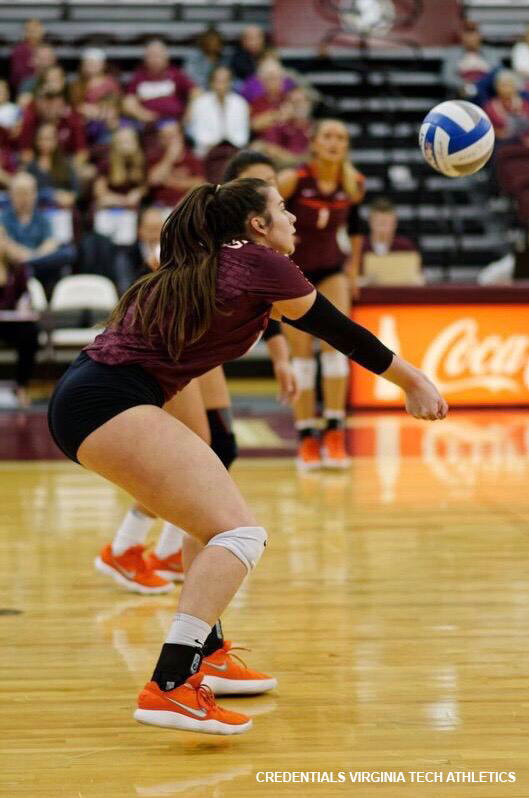
Once we get to the university level we find, as explained in the pages of the academic section, 2 and 4-year university colleges. Both have an Athletic’s Department that boasts a complete structure of industry administrators, from the Athletic Director to the marketing and communications staff, to the sportswear managers.
Based on how many sports the college “sponsors”, and on the league and division to which the athletic department belongs, the economic resources (in the form of scholarships, but also related services) to which the student-athlete will then have access are also defined.
It is important to remember that the sports teams of each college are made up exclusively of students enrolled in a degree program in the same institution, which is why first one must be admitted to the college and become a student of the same and then move on to the category of student-athlete.
The American Leagues
Going into detail about what happens in the university world from a sporting point of view, we find Athletic Associations (Athletic Associations) that we will call “leagues” so as to be able to create a comparison with the Italian sports system.

NCAA
"National College Athletic Association"
The NCAA is the primary organization that oversees the intercollegiate sports system in the United States. It is divided into three main divisions: Division I, Division II, and Division III. Division I is further divided into FBS (Football Bowl Subdivision) and FCS (Football Championship Subdivision) as far as American football is concerned: these are the most prestigious universities (about 260 colleges) with the largest number of economic resources in the American sports system given the billions in revenue that this sport generates at the university level for these colleges.
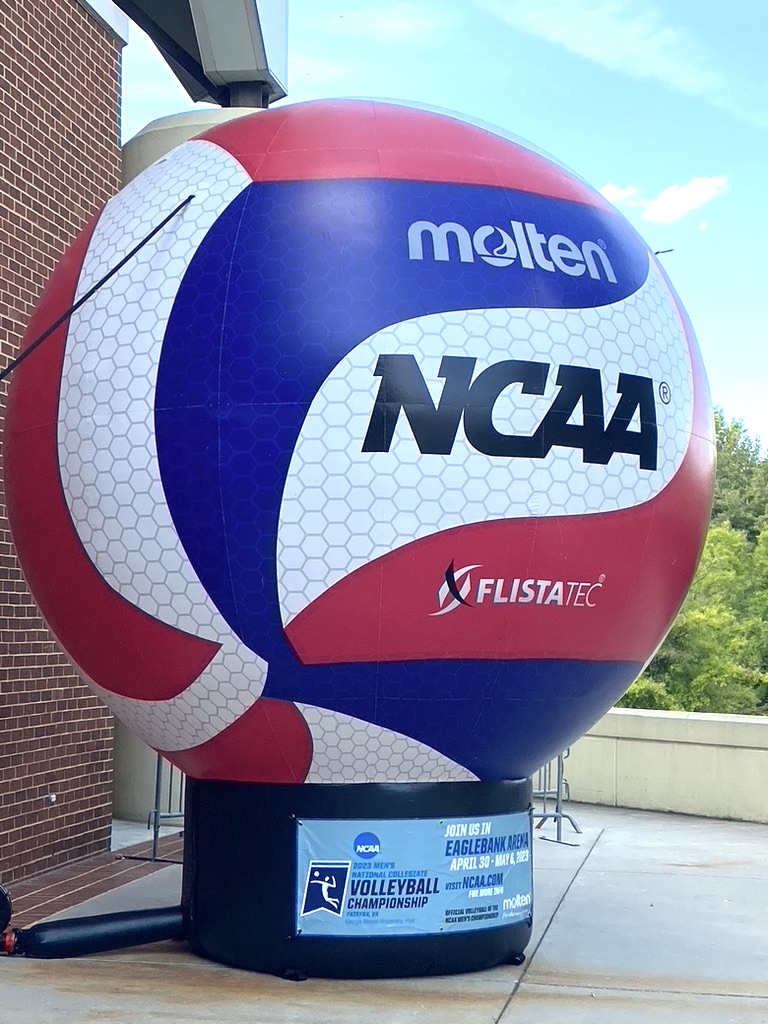
Also for all other sports, in general Division I is made up of the strongest sports teams, but as you are no longer focused on the top of the table and ranking, Division II has a lot to offer, in some cases more than some Division I universities can offer, both as resources and as scholarships and also at the level of play.
On the other hand, the approach of the NCAA DIII is very different which, despite having the largest number of teams in all sports, does not have scholarships for sporting merit and the hours of training provided, competitions and other limitations mean that in general the sporting level is much lower than most teams in NCAA DI and DII (although this is not always the case).
The NCAA DIII also includes some of the most prestigious universities such as MIT (Massachusetts Institute of Technology), John Hopkins, Cal Tech or NYU, but they do not offer scholarships for sports merit, and being very expensive universities with very high academic requirements, they are certainly not for everyone.3
Each “Division” is further organized into “conferences”, which, again to make a comparison with the Italian system, we will call “groups”.
Conferences are sports organizations that bring together several universities and colleges to compete in a variety of sports.
There are several rounds of colleges in the United States, each with its own teams and sports programs. Here are some of the most popular conferences:
- Big Ten Conference: The Big Ten is another of the most historic and influential conferences. It includes some of the largest and most respected universities in the Midwest of the United States such as Northwestern University and the University of Nebraska.
- SEC (Southeastern Conference): This is one of the most prestigious and competitive conferences, especially in American football. It includes universities mainly located in the southeastern United States such as University of Florida or University of Alabama.
- Pac-12 Conference: Pac-12 comprises universities located primarily on the West Coast of the United States, in the Pacific region. Some examples are University of Oregon, Stanford, UCLA.
These are just a few of the main conferences. There are many others (over 30 in total) that host college teams in the United States. Each conference may have a different sports focus and may include a different set of sports.
Similarly, the NCAA DII and NCAA DIII are made up of other groups. Usually the winner of each conference automatically qualifies for the championship of that sport while the other members of the “bracket” are selected according to different criteria based on the number of seats, total teams and level of conferences, as well as the results of the sports season.

CONSCRIPTION
"National Association of Intercollegiate Athletics"
The NAIA is another association that oversees the intercollegiate sports system in the United States. Founded in 1940, the NAIA aims to promote and develop college sports in an environment that emphasizes the student experience as a whole. Unlike the NCAA, the NAIA welcomes a wide range of institutions of different sizes, including smaller universities and colleges, allowing them to compete in a highly competitive field as well.
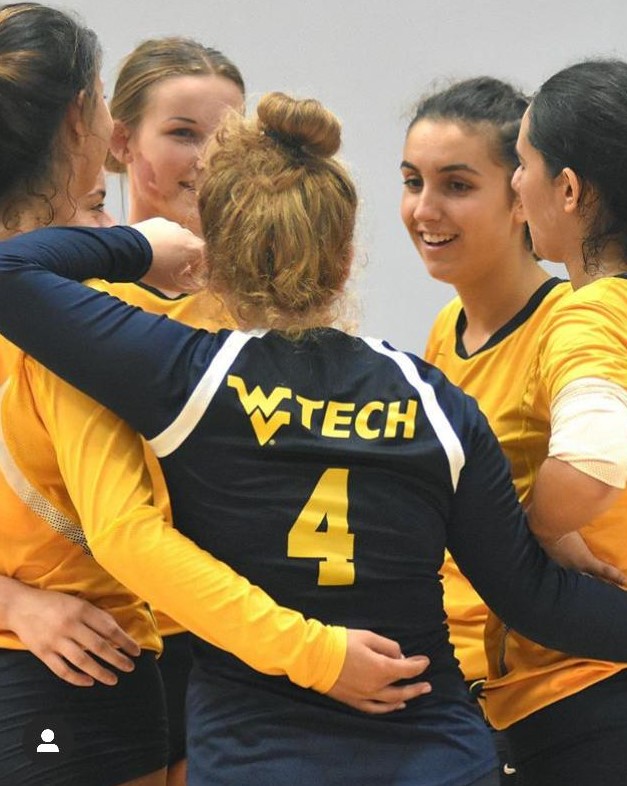
The NAIA places a strong emphasis on balancing athletic engagement and academic success. NAIA student-athletes are encouraged to excel both on the court and in the classroom, and often receive more personalized support than at the NCAA’s big conferences. The NAIA also hosts national championships in a variety of sports and provides athletes with the opportunity to pursue their sporting talent at a high level of competition, while simultaneously pursuing quality higher education.
Many colleges that are part of the NAIA are located in places that are a little less known to the general public, but in many of them it is possible to create real communities of international students that make them real “destinations” for some sports.
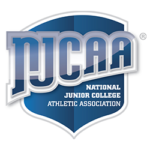
NJCAA
"National Junior College Athletic Association"
The NJCAA is the premier sports association for community and junior colleges. Founded in 1938, the NJCAA provides competitive opportunities for student-athletes who wish to pursue a career in sports at the college level. This facility allows student-athletes to develop their sporting skills, while simultaneously completing core academic courses or vocational training programs.
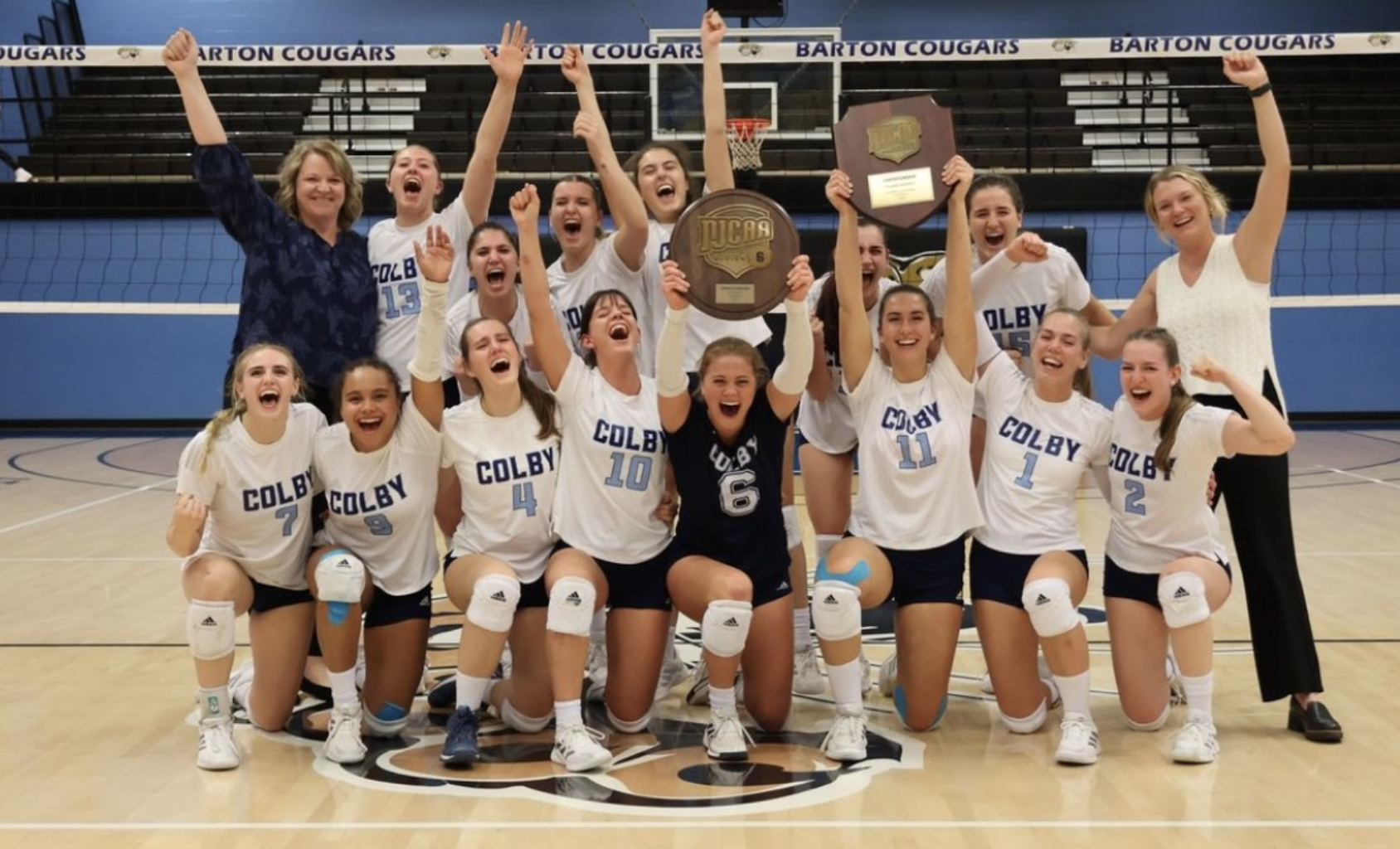
The NJCAA organizes national championships in a wide range of sports, providing student-athletes with the opportunity to compete at the national level. Many athletes who emerge in the NJCAA can later transfer to four-year universities and colleges, often on sports scholarships. This smooth transition allows student-athletes to continue to pursue their sporting and academic ambitions in a more flexible learning environment. The NJCAA therefore plays a crucial role in providing opportunities for development and growth in both sports and academics for student-athletes in community colleges.
In addition to those listed, there are also various other leagues such as the USCAA (https://www.theuscaa.com/landing/index), NCCAA (https://thenccaa.org/) for 4-year colleges, or the CCCAA (https://www.cccaasports.org
/
) for 2-year colleges, which always have opportunities to offer to student-athletes, albeit in a more limited way than the associations described above.

